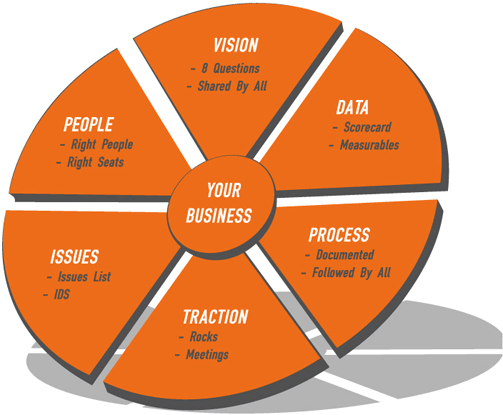One of the value propositions to private investors who we work with is that we’ve worked with institutional investors. We have the experience and processes to work on large-scale projects to bring into small-scale projects.
Everything from acting as a fiduciary, running efficient management, doing very-high level accounting, strategic asset and property management and leasing. Everything is driven by value-creation, but brought down to a smaller and medium-sized scale for private investors.
Tax implications – Institutional investors are usually tax-free because they are pension funds and don’t get taxed. Private investors do have tax implications and so what we push forward is what we call ‘Risk-Adjusted Returns After Tax’ (RAAT). Meaning we are not only delivering high property investment returns but we are also able to take advantage of the different tax strategies that are specifically available for real estate including: costs aggregation, depreciation, as well as bonus depreciation, opportunity zone investing and cash-out re-financing.
Alignment – The reason why I like to invest with private investors is the ability to have more alignment to do more for the investor, more for the asset, and more for the community. With a pension fund managed by another entity, an investor receives their return on investment in their e-trade account. I like to be able to provide the flow of energy in the form of sending the investor their return on their investment, visibly as a cheque in the mail.
Flexibility – You can also structure more flexibility with private investors to align on the property business plan. This allows you to add value in multiple phases and to hold the property longer. In comparison, with institutional investors you are typically stuck to a 3-5 year business plan. They need to get in and out. This leaves a lot of meat on the bone in terms of what you can do to the property, as well as leaving the community hanging a lot of times.

